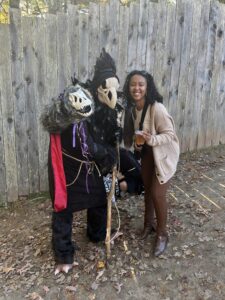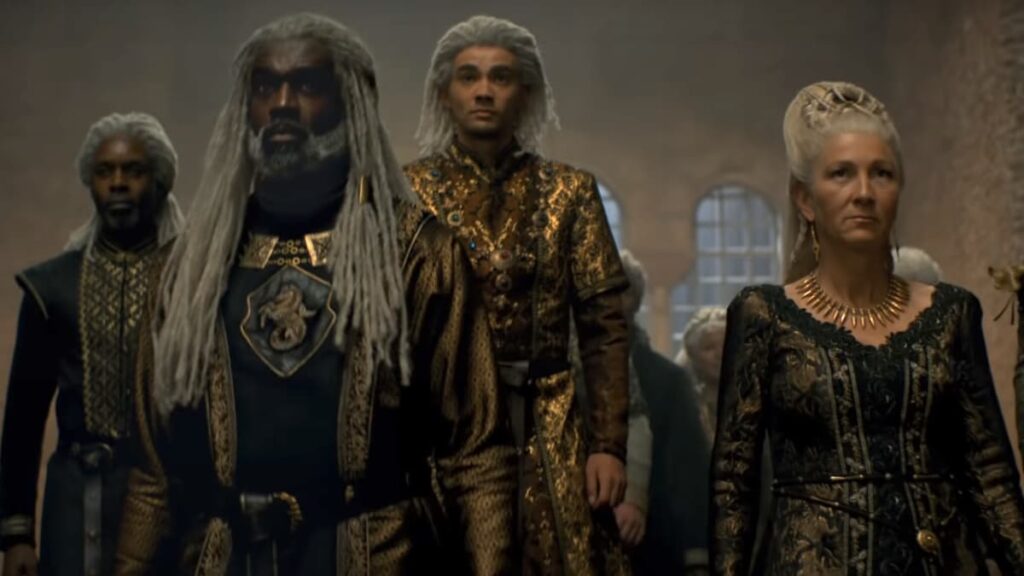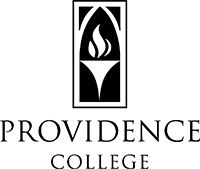Diversity in Modern Medievalism: King Richard’s Fair
By. Zemarr Brandao
In high school, I was obsessed with Game of Thrones, and I finally got my dad to watch it this year. We both love watching medievalist theme shows. One thing I noticed in Games of Thrones and at the fair is the lack of a BIPOC representation and community. I mean, it is reflective of the time in Europe. Regardless there are many medievalists of color. Yet, when I spoke to friends about attending the fair, I heard many remarks regarding that fair being for ‘white people.’ However, medievalist themes have been adapted in entertainment, creating a modern form of Medievalism that has included BIPOC individuals.
The King Richard’s Renaissance Fair built a medieval town in the middle of the woods in Carver, Massachusetts. The fair encompasses a modern form of Medievalism for numerous reasons. This, however, is not a review of the fair but a commentary on the evolution of Medievalism. First and foremost, employees dressed up in costumes and characters of the time. Some employees were committed to their character using medieval vernacular, while others could not care less. There was no dress code. Of course, people did dress up, but it was not a mandate. Some costumes were extremely accurate for the time, while other people came in Harry Potter costumes. I think the integrity of the event, depending on everyone dressing up, took me out of the medieval realm. BIPOC individuals simply attending the event pulled us out of the period. I felt out of place as I was in a predominately white establishment, but it did not take away from my experience.

I was not the only person, however, out of place. The fair closed on a tournament of strength, a classic event in Medieval times. Strength is a fundamental value that stayed consistent and the adaptation of Medievalism. King Richard led the parade of children in costumes to the podium and began his speech before the fools introduced the knights of the tournament. One by one, the knights came out for battle. The last knight, however, was a woman. I was in shock as women’s strength recently has been recognized. Doing so again brings Medievalism into modern times. Along with the note of representation in the future, having a BIPOC knight would add to themes of contemporary Medievalism as there is a BIPOC medievalist community and would help to be a more accurate form of modern Medievalism.
Representation in Entertainment
Game of Thrones received backlash for not having black individuals as the main characters. The black individuals in the show were those who were enslaved. I think this was accurate to the history of oppressed people. Nonetheless, casting and production took note of this critique. HBO appeased Game of Thrones fandom this year and premier the show House of Dragons, which predates Game of Thrones. In this new adaptation of George Martin’s novels, the Velayron family is Black. This personally was a shock for me. Spoil alert, many of which die. My dad would call me bright and early every morning to critique the show, and its representation further. He is not a fan of Black individuals being cast in the show as it is not historically accurate. That is the point when I remind him that the show has some similarities with the period, but it is a fictional universe, so whether or not the characters are black is not essential.

The medievalist period is a culture of its own and is adapted to fit our society today. The period was rooted in chivalry and strength, demonstrated in the tournament. These themes are continued within entertainment. Even if one knows little about the period, one can get a modern take on it by attending the fair. I will be attending in the future with my godsons.





